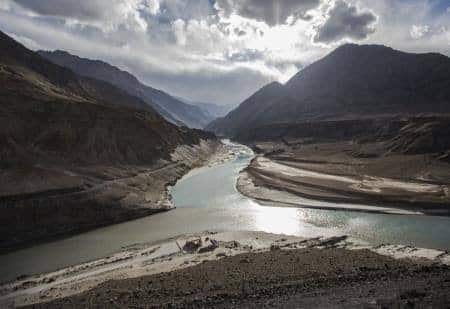For over six decades, the Indus Waters Treaty has stood as a rare example of cooperation between two nations often at odds—India and Pakistan. Signed in 1960 with the help of the World Bank, this agreement carefully divided the use of six major rivers that flow through both countries.
The treaty gave India the right to use water from the eastern rivers—Ravi, Beas, and Sutlej—while Pakistan was allowed to use the western rivers—Indus, Jhelum, and Chenab. Despite three wars and constant political tension, the treaty continued to function, offering a peaceful method for resolving water disputes.
However, recent events have placed the future of this agreement in doubt. India has paused its involvement in the treaty, blaming Pakistan for a deadly incident in Jammu and Kashmir. Pakistan denies the allegations and warns that interfering with river flows could lead to serious consequences.
Water from the Indus system is essential to Pakistan’s farming sector. Any reduction in flow could affect food production, increase prices, and harm small farmers the most.
As climate change continues to shrink water supplies, experts stress the need for dialogue. The Indus Waters Treaty may be old, but its importance in keeping peace and securing water for millions has never been greater.


